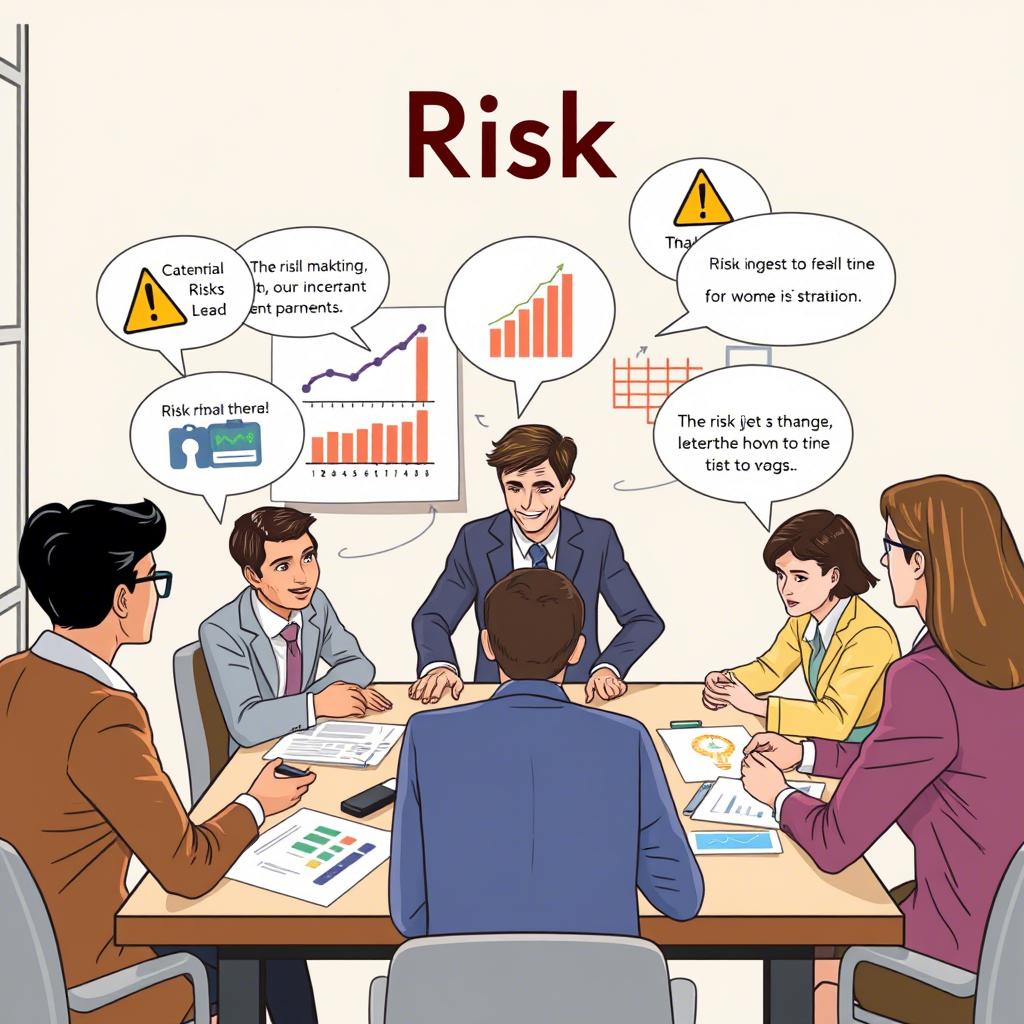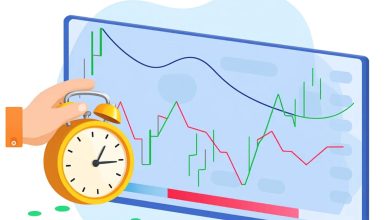Managing Risk in Currency Trading: A Beginner’s Guide to Forex Success

What is Risk in Currency Trading?
Risk in forex trading refers to the potential for financial loss due to unfavorable price movements, market conditions, or operational issues. The forex market’s 24/5 operation, high liquidity, and leverage make it both lucrative and hazardous. Risks can stem from market volatility, leverage, emotional decisions, or external factors like broker reliability.
Every trade carries risk, as currency prices are influenced by economic data, geopolitical events, and market sentiment. For example, a sudden US interest rate hike could strengthen USD, causing losses for traders shorting USD/JPY. Effective risk management helps protect your capital and ensures you stay in the game.
Why Risk Management Matters
Risk management is crucial because:
-
It preserves your trading capital, preventing account blowouts.
-
It reduces emotional stress, fostering disciplined trading.
-
It improves consistency, turning trading into a sustainable endeavor.
-
It mitigates the impact of unpredictable market events.
Types of Risks in Currency Trading
Forex trading involves several risks that traders must understand:
1. Market Risk
Market risk arises from price movements driven by economic data (e.g., GDP, employment reports), central bank policies, or geopolitical events (e.g., elections, conflicts). For instance, a Brexit announcement could cause GBP/USD to plummet, impacting open positions.
2. Leverage Risk
Leverage, such as 1:100, amplifies profits but also losses. A 1% move against a $1,000 account with 1:100 leverage could wipe out the entire balance, compared to a $10 loss without leverage.
3. Emotional Risk
Fear, greed, or overconfidence can lead to impulsive decisions, like chasing losses or ignoring stop-losses. Emotional trading often results in larger-than-planned losses.
4. Liquidity Risk
Low liquidity, common in exotic pairs (e.g., USD/TRY) or during holidays, widens spreads and increases slippage, where orders execute at worse prices than expected.
5. Broker Risk
Unregulated or unreliable brokers may manipulate prices, delay withdrawals, or fail to execute trades properly, risking your funds.
Strategies to Manage Risk in Currency Trading
Effective risk management turns risky trades into calculated opportunities. Here’s how to start:
Step 1: Educate Yourself
Learn forex basics, including how leverage, spreads, and economic events affect prices. Understand risk-reward ratios and position sizing. Free resources like broker webinars, Investopedia, or books like Trading in the Zone by Mark Douglas can build your knowledge.
Step 2: Choose a Regulated Broker
Select a broker regulated by the FCA (UK), CFTC (US), or ASIC (Australia) to minimize broker risk. Verify their reputation, spreads, and execution speed. Platforms like MetaTrader 4 or 5 offer tools for risk management, such as stop-loss settings.
Step 3: Use a Demo Account
Practice on a demo account to test strategies without risking real money. Simulate trades on pairs like EUR/USD, experimenting with stop-losses, position sizes, and leverage to understand their impact on risk.
Step 4: Develop a Risk Management Plan
Create a trading plan with clear risk rules:
-
Risk Per Trade: Limit risk to 1-2% of your account per trade. For a $1,000 account, risk no more than $10-$20.
-
Stop-Loss Orders: Set stop-losses to automatically close losing trades at a predetermined level (e.g., 10 pips).
-
Risk-Reward Ratio: Aim for trades where potential profit is at least 2-3 times the risk (e.g., risk 10 pips to gain 30 pips).
-
Position Sizing: Adjust trade size based on stop-loss distance and account balance to stay within risk limits.
Step 5: Monitor and Refine
Track your trades in a journal, noting risk parameters, outcomes, and market conditions. Review weekly to identify patterns and adjust your plan, such as tightening stop-losses or reducing leverage.
Benefits of Effective Risk Management
Managing risk offers several advantages:
1. Capital Preservation
Limiting losses per trade ensures you can continue trading even after a string of losses, avoiding account depletion.
2. Emotional Control
A clear plan reduces stress and prevents emotional decisions, fostering discipline and confidence.
3. Consistency
Risk management creates a sustainable trading approach, focusing on long-term gains rather than short-term wins.
4. Adaptability
By monitoring risks, you can adjust to changing market conditions, such as avoiding trades during volatile news events.
Common Risk Management Mistakes to Avoid
Beginners often fall into traps that amplify risk:
1. Overleveraging
Using high leverage (e.g., 1:500) without experience can lead to rapid losses, especially in volatile markets.
2. Ignoring Stop-Losses
Failing to set stop-losses leaves trades exposed to unlimited losses if the market moves sharply against you.
3. Risking Too Much
Betting more than 1-2% per trade increases the chance of significant drawdowns, making recovery harder.
4. Trading Without a Plan
Entering trades without predefined risk parameters often leads to emotional, inconsistent decisions.
Tips for Managing Risk in Currency Trading
Boost your risk management with these practical tips:
1. Start with Low Leverage
Use conservative leverage (e.g., 1:10 or 1:20) to limit exposure while learning. Increase gradually as you gain experience.
2. Trade Major Pairs
Focus on liquid pairs like EUR/USD or USD/JPY, which have tighter spreads and lower volatility, reducing market and liquidity risks.
3. Use Economic Calendars
Check calendars (e.g., Forex Factory) to avoid trading during high-impact events like central bank announcements, which spike volatility and risk.
4. Combine Analysis
Use technical analysis (e.g., support/resistance, RSI) to time trades and fundamental analysis (e.g., interest rates, GDP) to gauge market risk, improving trade selection.
5. Stay Disciplined
Stick to your risk management plan, even during winning streaks. Avoid the temptation to overtrade or widen stop-losses impulsively.
Risk Management Strategies in Forex
Different trading styles require tailored risk approaches:
1. Scalping
Scalpers risk small pip amounts (e.g., 5 pips) per trade, relying on tight stop-losses and low spreads to manage frequent trades.
2. Day Trading
Day traders use moderate stop-losses (e.g., 10-20 pips) and close positions daily to avoid overnight market risk.
3. Swing Trading
Swing traders set wider stop-losses (e.g., 50 pips) to capture larger trends, using lower leverage to manage risk over days or weeks.
Conclusion
Risk is an inherent part of currency trading, but with proper management, it becomes a manageable aspect of a rewarding endeavor. By understanding market, leverage, and emotional risks, beginners can protect their capital and trade with confidence in the forex market. A disciplined plan, low leverage, and consistent monitoring are key to turning risks into opportunities.
Start with a demo account, trade major pairs, and build a risk-focused strategy. With patience and practice, you can navigate the challenges of currency trading and unlock its potential for long-term success. Dive in, stay cautious, and trade smarter today.




